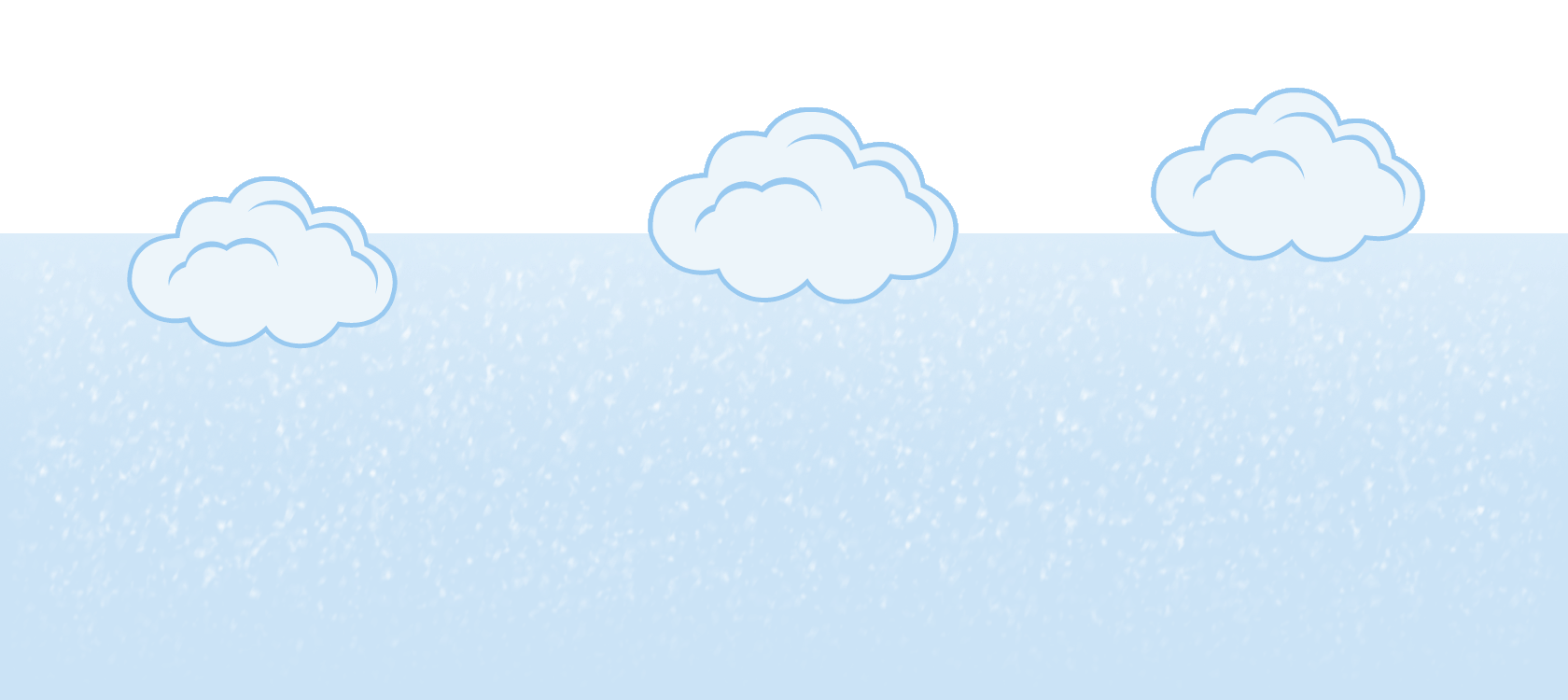This month’s bookshelf has been divided into four subtopics for a holistic look at how variations in air and water temperatures come together to drive weather and climate. When choosing titles for younger students, I tried to stick to basic concepts, like the different forms of water and how air is matter and takes up space. Books for older students focus more on how air and water behave during temperature changes – their movement creating air and ocean currents.
Our library updates science nonfiction every 5-10 years (depending on the topic) to reflect changes in information as well as quality of graphics and photography.
Water and the Water Cycle
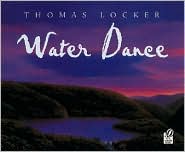 Water Dance. Thomas Locker. 1997. Picture book. Grades K-5.
Water Dance. Thomas Locker. 1997. Picture book. Grades K-5.
Although this book is written in poetic text, the author-illustrator’s precise word choices and beautiful paintings will engage students in scientific concepts. The book’s back matter gives facts about each of the 13 water scenes depicted.
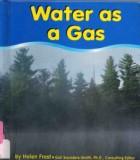 Water Series. Helen Frost. 2000. Nonfiction. Grades K-1.
Water Series. Helen Frost. 2000. Nonfiction. Grades K-1.
Four books in this series use simple text and color photographs to illustrate the water cycle and the behavior and the properties of water in its different states. The book titles are Water As a Gas, Water As a Liquid, Water As a Solid, and The Water Cycle.
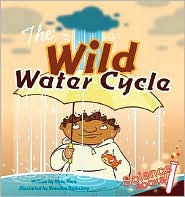 The Wild Water Cycle. Rena Korb. 2008. Nonfiction. Grades 2-4.
The Wild Water Cycle. Rena Korb. 2008. Nonfiction. Grades 2-4.
Appealing cartoon illustrations explain how the water cycle generates Earth’s weather. This would be a great book to use while introducing states of matter.
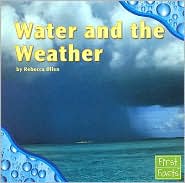 Water and the Weather. Rebecca Olien. 2005. Nonfiction. Grades 2-4.
Water and the Weather. Rebecca Olien. 2005. Nonfiction. Grades 2-4.
While explaining how water is a part of weather in simple text, photographs, and graphics, the author drops in occasional fun facts (Raindrops can fall as fast as 19 miles per hour). A simple experiment uses drinking straws and waxed paper to show how water droplets in a cloud become heavy enough to fall. Glossary and index.
Filled with stop-action and close-up photography, an early scientific book features such images as a single snowflake and a falling drop of water, accompanied by introductions to such concepts as evaporation and condensation.
Weather and Climate
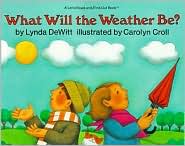 What Will the Weather Be? Lynda DeWitt. 1991. Nonfiction. Grades K-3.
What Will the Weather Be? Lynda DeWitt. 1991. Nonfiction. Grades K-3.
With informative text and colorful illustrations, this book explains the science of meteorology, warm and cold fronts, weather instruments, and the difficulties of predicting the weather.
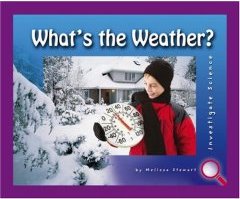 What’s the Weather? Melissa Stewart. 2005. Nonfiction. Grades 2-5.
What’s the Weather? Melissa Stewart. 2005. Nonfiction. Grades 2-5.
Readers are encouraged to explore weather through observation, drawing, and keeping records.
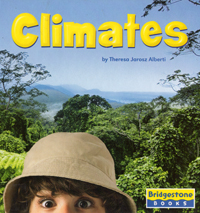 Climates. Theresa Jarosz Alberti. 2005. Nonfiction. Grades 2-5.
Climates. Theresa Jarosz Alberti. 2005. Nonfiction. Grades 2-5.
This book showcases Earth’s diverse climates and will help children compare and contrast polar and boreal climates with those in tropical, subtropical, temperate, mountain, and desert climates.
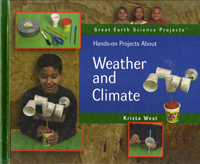 Hands-On Projects About Weather and Climate. Krista West. 2002. Nonfiction. Grades 2-5.
Hands-On Projects About Weather and Climate. Krista West. 2002. Nonfiction. Grades 2-5.
Students can learn about weather by creating simple barometers, anemometers, and rain gauges. Directions for activities are supported with photographs. Budding scientists will learn much from this hands-on approach.
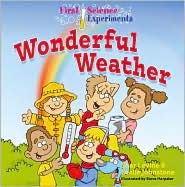 Wonderful Weather. Shar Levine and Leslie Johnstone. 2003. Nonfiction. Grades 3-5.
Wonderful Weather. Shar Levine and Leslie Johnstone. 2003. Nonfiction. Grades 3-5.
One of my favorite books for hands-on science, this book is packed with simple demonstrations. A question is posed (like “Is hot air the same as cold air?”) and an experiment follows, along with an explanation about what should have happened. Most of the experiments require everyday materials and minimal preparation. Teachers of younger students might use the book to prepare whole class activities, and then read or explain the concept to the students.
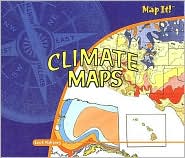 Climate Maps. Ian F. Mahaney. 2007. Nonfiction. Grades 3-5.
Climate Maps. Ian F. Mahaney. 2007. Nonfiction. Grades 3-5.
Maps aren’t just for representing cities, countries and landforms! Maps can also show us where average temperature and rainfall create distinct climates. Students will learn map terminology and how climate maps can be useful to both farmers and scientists.
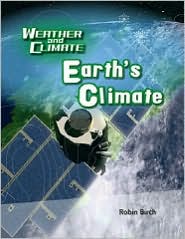 Earth’s Climate. Robin Birch. 2009. Nonfiction. Grades 4-5.
Earth’s Climate. Robin Birch. 2009. Nonfiction. Grades 4-5.
Many photographs and maps explain the difference between weather and climate. Excellent definitions of climate terms. Among this month’s selections, this book was best in demonstrating ocean and wind currents and their role in weather and climate.
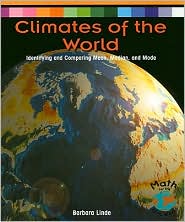 Climates of the World. Barbara Linde. 2005. Nonfiction. Grade 5 and up.
Climates of the World. Barbara Linde. 2005. Nonfiction. Grade 5 and up.
Mathematical equations show students how daily or monthly weather data can be collected and averaged to describe the long-term climate of an area. Climatologist Vladimir Koeppen identified five major climates based on monthly and annual temperature and precipitation. Each climate is described, along with examples of some of the plants and animals that might be found there. Climate vocabulary is introduced and defined in a glossary. Best for advanced students.
 Basher Basics: Weather: Whipping up a Storm. Simon Basher and Dan Greene. 2012.
Basher Basics: Weather: Whipping up a Storm. Simon Basher and Dan Greene. 2012.
Welcome to the wild world of weather, Basher style! Meet Hurricane, a violent blusterer; Atmosphere, a many-layered character who keeps the planet cozy; hard-nut Hail and sneezy Sleet; Drought, the dusty fellow who makes life hard for animals, plants and people; and mischievous El Niño, who messes around with ocean currents to chaotic effect. Includes plenty of detail on the forces that make weather work—this approach is so effective, readers will forever think about these characters every time they hear a weather report or step outside.
Atmosphere
 Air: Outside, Inside, and All Around. Darlene Stille. 2004. Nonfiction picture book. Grades K-3.
Air: Outside, Inside, and All Around. Darlene Stille. 2004. Nonfiction picture book. Grades K-3.
Before students can grasp the atmosphere’s role in the water cycle and weather, they need to learn that air consists of different gases that have weight and temperature and can move. This book is part of the Picture Window Books’ Amazing Science series.
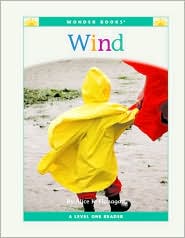 Wind. Alice Flanagan. 2003. Nonfiction. Grades K-1.
Wind. Alice Flanagan. 2003. Nonfiction. Grades K-1.
This Wonder Books title introduces the concept that wind is caused by moving air masses of different temperatures. Only one- and two-syllable words are used with one sentence per page.
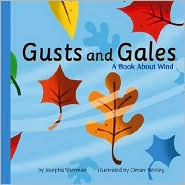 Gusts and Gales. Josepha Sherman. 2004. Nonfiction. Grades K-2.
Gusts and Gales. Josepha Sherman. 2004. Nonfiction. Grades K-2.
This is a most informative book about atmosphere for younger students. It does an excellent job of explaining how air behaves as it warms and cools. Double spread illustrations in bold colors are fun and upbeat.
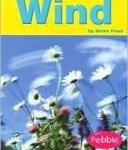 Wind. Helen Frost. 2004. Nonfiction. Grades K-2.
Wind. Helen Frost. 2004. Nonfiction. Grades K-2.
Part of the Pebble Books weather series, Wind explains how air moves in our atmosphere, sometimes generating powerful storms.
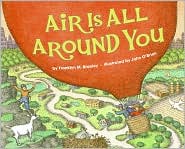 Air Is All Around You. Franklyn M. Branley. Nonfiction. Grades 3-5.
Air Is All Around You. Franklyn M. Branley. Nonfiction. Grades 3-5.
Busy double-page landscapes with kids, animals, air gliders, hot air balloons and more drive home the concept that air is everywhere on Earth even if we don’t see it. To prove air’s presence, the author gives the experiment in which a napkin stuffed in a glass stays dry when the glass is submerged upside down in a bowl of water. Another demonstration shows that air is in water and keeps fish alive. (Two situations where humans must take air with them to survive are noted.) Readers are challenged to think of more ways they can prove that air is all around.
Reviewed, But Not Recommended
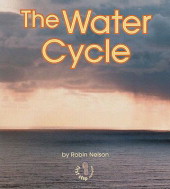 Water Cycle. Robin Nelson. 2003. Nonfiction. Grades K-1.
Water Cycle. Robin Nelson. 2003. Nonfiction. Grades K-1.
While there is not incorrect information in this book, it does not provide a comprehensive look at the water cycle. On page 10, the text states that “The rain runs into a brook,” and then follows that water back to the ocean. No mention is made of water that soaks into the ground, is absorbed by plants, or runs off into watersheds. Additionally, snow, sleet, or hail are not described.
The other books we’ve highlighted about the water cycle do mention at least a few of these other possible paths taken by precipitation.
This article was written by Kate Hastings, Kate is a youth librarian at the Upper Arlington Public Library near Columbus, Ohio. Email Kate at beyondweather@msteacher.org.
Copyright March 2011 – The Ohio State University. This material is based upon work supported by the National Science Foundation under Grant No. 1034922. Any opinions, findings, and conclusions or recommendations expressed in this material are those of the author(s) and do not necessarily reflect the views of the National Science Foundation. This work is licensed under an Attribution-ShareAlike 3.0 Unported Creative Commons license.
